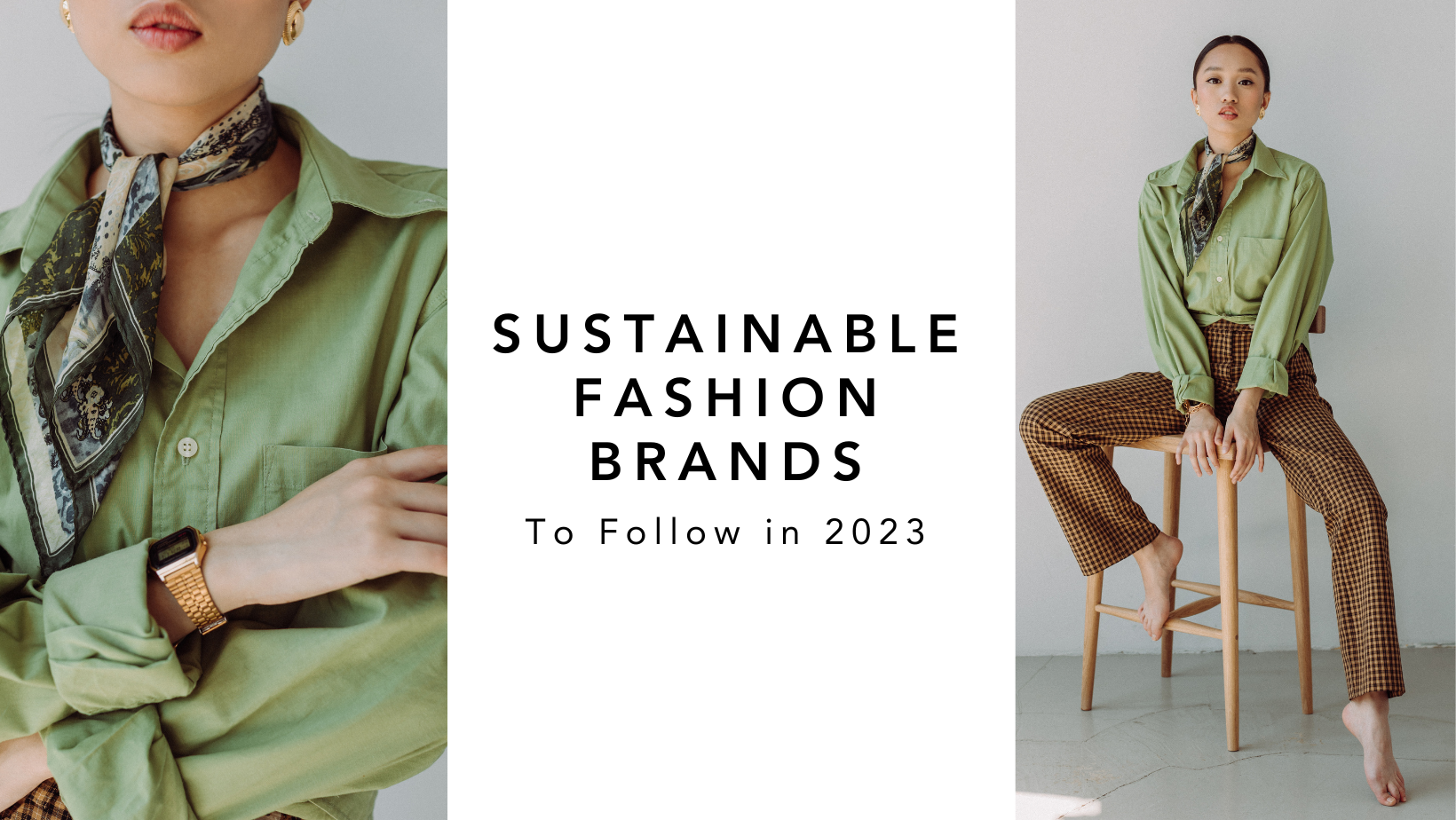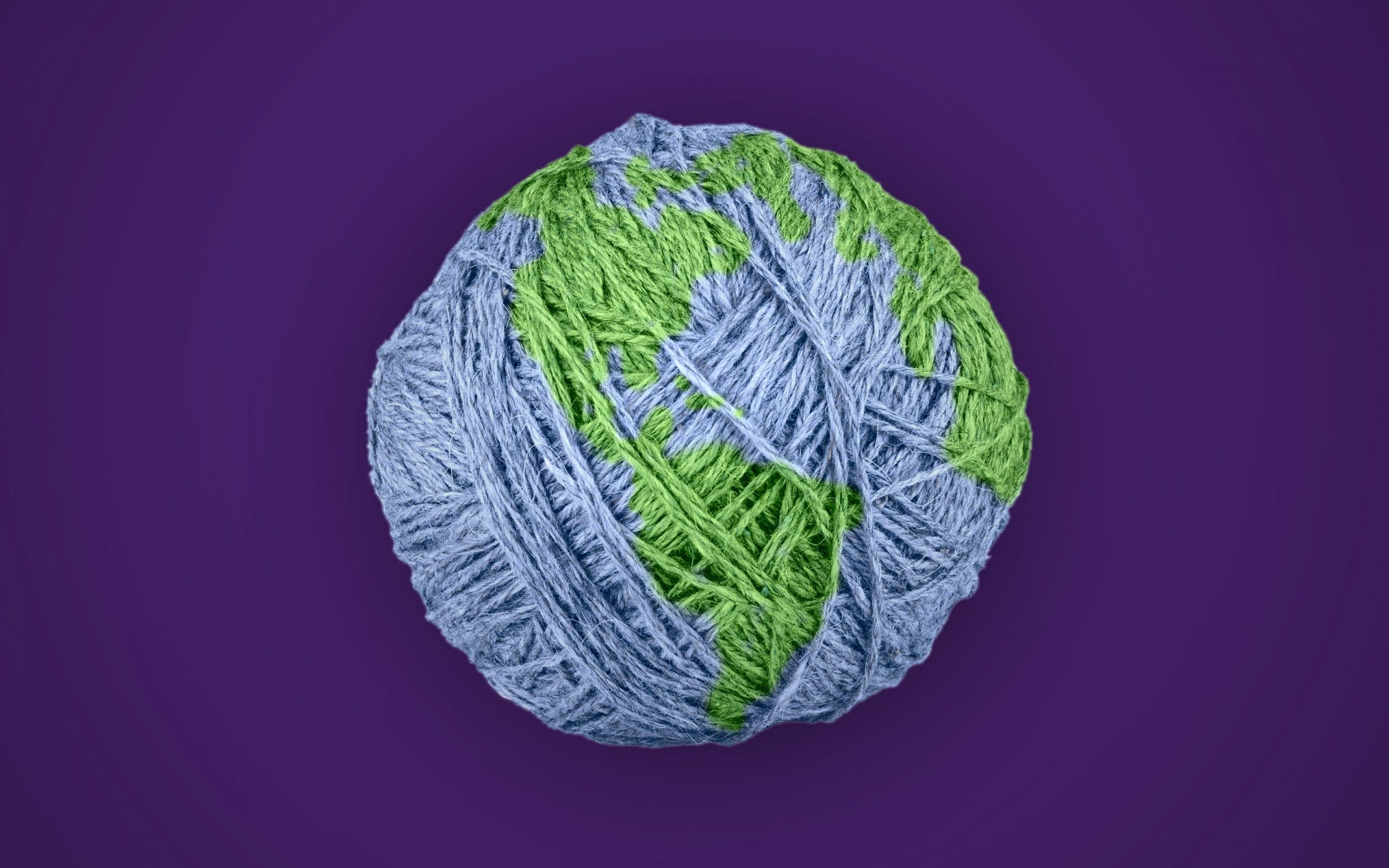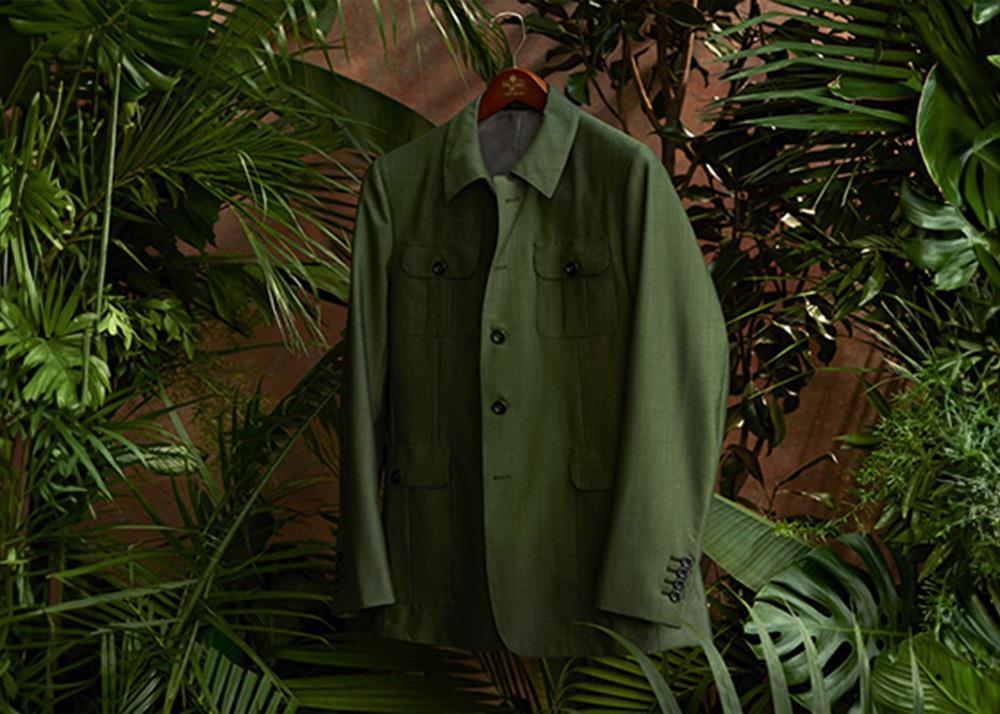The Potential Future of Cape Town Sustainable Fashion in the Global Market
The Potential Future of Cape Town Sustainable Fashion in the Global Market
Blog Article
Keep Ahead of the Contour by Checking Out Ingenious Fashion Patterns
In a market as vibrant as style, remaining in advance includes even more than just following present patterns-- it demands an exploration of development. The merging of innovation and style declares a new age of customer interaction.

Welcoming Smart Textiles
In recent times, the apparel industry has experienced a transformative change with the integration of wise textiles, an innovative advancement that mixes modern technology with material. This development represents not just a blend of visual appeals and performance yet additionally a significant leap in the direction of sustainability and personalization in fashion. Smart fabrics, likewise referred to as e-textiles, installed sophisticated electronics such as sensors and conductive strings within the textile, allowing garments to connect with the wearer or the atmosphere.
These textiles are made to keep track of physiological specifications, such as heart rate or body temperature level, providing real-time health analytics. Past wellness applications, clever textiles are likewise being used for adaptive clothing, which can transform color or pattern in response to ecological stimulations, hence providing a dynamic fashion experience.
In addition, the development of energy-harvesting textiles that create power from motion or sunshine is leading the way for self-sufficient wearable innovation. This development is interesting ecologically mindful consumers and developers aiming to lower the environmental impact of fashion. As r & d in this area advance, smart fabrics are expected to come to be increasingly prevalent, reshaping the landscape of modern style with their multifunctional capabilities.
The Surge of 3D Printing
Reinventing the manufacturing landscape, 3D printing has actually arised as a game-changer in the apparel industry. This advanced modern technology has made it possible for designers to press the boundaries of imagination, producing complex and customized garments that were previously unimaginable. By leveraging electronic layout and additive manufacturing, 3D printing promotes the development of intricate geometries and patterns, allowing developers to experiment with new appearances and structures.
A significant benefit of 3D printing in fashion is its capacity to produce on-demand, reducing waste and lowering inventory requirements. This performance not just optimizes manufacturing procedures but likewise enables for quick prototyping, enabling designers to bring their visions to life in a shorter duration. In addition, 3D printing supports customization somewhat unparalleled by conventional techniques, providing special layouts and customized fits customized to individual consumer choices.
The surge of 3D printing has actually additionally democratized fashion, making it accessible to arising developers that can currently fabricate premium pieces without considerable financial investment in conventional manufacturing facilities. As innovation continues to advancement, the apparel industry is poised to harness the full capacity of 3D printing, checking out new materials and techniques that will certainly redefine how fashion is developed and generated.
Lasting Style Advancements
As the style market grapples with the pressing need for ecological duty, lasting fashion innovations have actually arised at the leading edge of transformative change. The expanding recognition of ecological impact has sustained a change towards even more eco-conscious techniques and materials. Brands and developers are currently prioritizing sustainability, incorporating approaches that lessen waste and lower carbon impacts.
One substantial development is the surge of circular style, which emphasizes recycling and upcycling to expand the lifecycle of garments. This method not just decreases waste yet likewise urges consumers to take on a much more conscious approach to apparel consumption.
One more innovation exists in the adoption of innovative dyeing techniques that use natural dyes or waterless processes, thus lowering the substantial amounts of water and chemicals commonly used in textile dyeing. Moreover, advancements in biotechnology have resulted in the creation of lab-grown leather and materials, supplying cruelty-free and eco-friendly choices to standard products. Via these pioneering efforts, the garment industry is making significant strides towards a much more lasting future.

Tech-Integrated Apparel
Tech-integrated garments stands for a revolutionary combination of fashion and modern technology, reshaping exactly how individuals interact with their apparel. This cutting-edge domain is noted by the incorporation of wise fabrics and ingrained electronic parts, improving both functionality and visual charm. From fitness trackers embedded in sportswear to warmed coats controlled using mobile phone apps, tech-integrated clothing offers customers unprecedented benefit and adaptability.
Introducing brand names are driving this pattern, focusing on producing garments that respond to environmental stimuli or individual commands. For circumstances, some garments can change color or pattern in action to temperature shifts, while others include biometric sensing units to keep an eye on health and wellness metrics like heart price or anxiety levels. my website The seamless integration of modern technology right into fabrics also extends to ecological sustainability, with initiatives to establish self-cleaning fabrics or garments that adjust to weather problems, hence lessening the requirement for multiple layers.
Moreover, the advent of wearable modern technology is not simply limited to apparel yet prolongs to accessories like watches and glasses, more widening the range of tech-integrated fashion. As the market remains to introduce, the capacity for customization and customization in clothing expands, offering customers one-of-a-kind, tech-enhanced fashion experiences that satisfy their individual needs and choices.
Future of Virtual Fashion
In recent times, the future of online fashion has actually become a transformative pressure within the market, leveraging improvements in electronic innovation to redefine how fashion is produced, experienced, and taken in. By integrating augmented reality (AR), virtual truth (VIRTUAL REALITY), and 3D style devices, designers can currently craft immersive and interactive experiences that go beyond traditional fashion boundaries. Online style permits the production of garments that exist solely in digital settings, providing countless possibilities for innovation without the restrictions of physical manufacturing.
This digital shift not just offers opportunities for innovative expression yet also addresses sustainability worries inherent in conventional style techniques. Cape Town Sustainable Fashion. By eliminating the requirement for physical sources, digital style decreases waste and decreases carbon footprints. Additionally, the increase of digital style aligns with the enhancing consumer need for individualized and distinct experiences, as virtual garments can be tailored and customized to specific preferences easily

Conclusion
The garment industry's future depend on the integration of sustainable methods and innovative innovations - Cape Town Sustainable Fashion. Smart textiles and tech-integrated clothing are improving capability, while 3D printing uses opportunities for personalization and waste reduction. Sustainable style, through round methods and green products, shows a commitment to ecological stewardship. In addition, online style is positioned to redefine consumer communications. Adjusting to these trends is essential for brands looking for to continue to be Source affordable and appropriate in this quickly evolving landscape.
In recent years, the fashion market has actually observed a transformative change with the integration of smart textiles, a sophisticated innovation that mixes technology with fabric.As the fashion market grapples with the pushing requirement for ecological duty, lasting style technologies have actually arised at the center of transformative change.In current years, the future of digital style has actually arised as a transformative pressure within the market, leveraging improvements in electronic technology to redefine how fashion is created, experienced, and consumed. The rise of digital style straightens with the boosting customer demand for individualized and special experiences, as online garments basics can be personalized and tailored to individual choices with convenience.
The fashion industry's future lies in the assimilation of innovative innovations and lasting methods.
Report this page